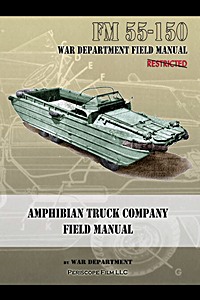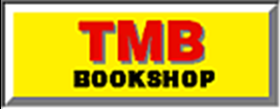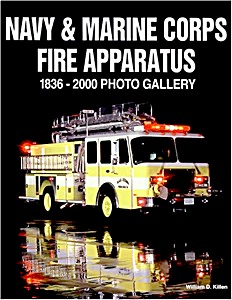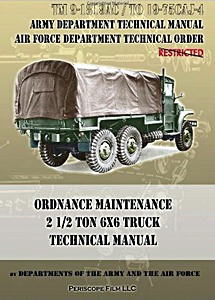Amphibian Truck Company - Field Manual (FM 55-150)
Created in 1944, this field manual explains the organization and operation of the Transportation Corps amphibian truck company and its DUKWs. The mission of the amphibian truck company was to aid the supply and evacuation operations of forces in areas where harbor and port facilities were inadequate or even totally lacking.
Thanks to its unique ability to operate on land and in the ocean, the DUKW made the impossible - possible. Over 21, 000 were built during WWII, and used with distinction in landing zones in both the Pacific and European Theaters, and in the Korean War at Inchon.
Chapters in this manual include: What is the DUKW?, safety precautions, operational maintenance, land operations, winching operations, water operations, towing in water, anchoring and mooring, piloting, cargo handling, visual signaling, special uses and unusual cargo, field operations, and more.
Originally labeled restricted, this manual was declassified long ago and is here reprinted in book form. Care has been taken to preserve the integrity of the text.
Details
| Autor: | U.S. Army War Department |
|---|---|
| Ausführung: | 202 Seiten, 23 x 15.5 x 1.2 cm, kartoniert |
| Abbildungen: | zahlreiche Fotos und Zeichnungen |
| Verlag: | Periscope Film (USA, 2013) |
| ISBN: | 9781937684570 |

Amphibian Truck Company - Field Manual (FM 55-150)
Sprache: Englisch
Erhältlich bei Amazon - sichere Zahlung und schneller Versand
Jetzt bei Amazon bestellen







